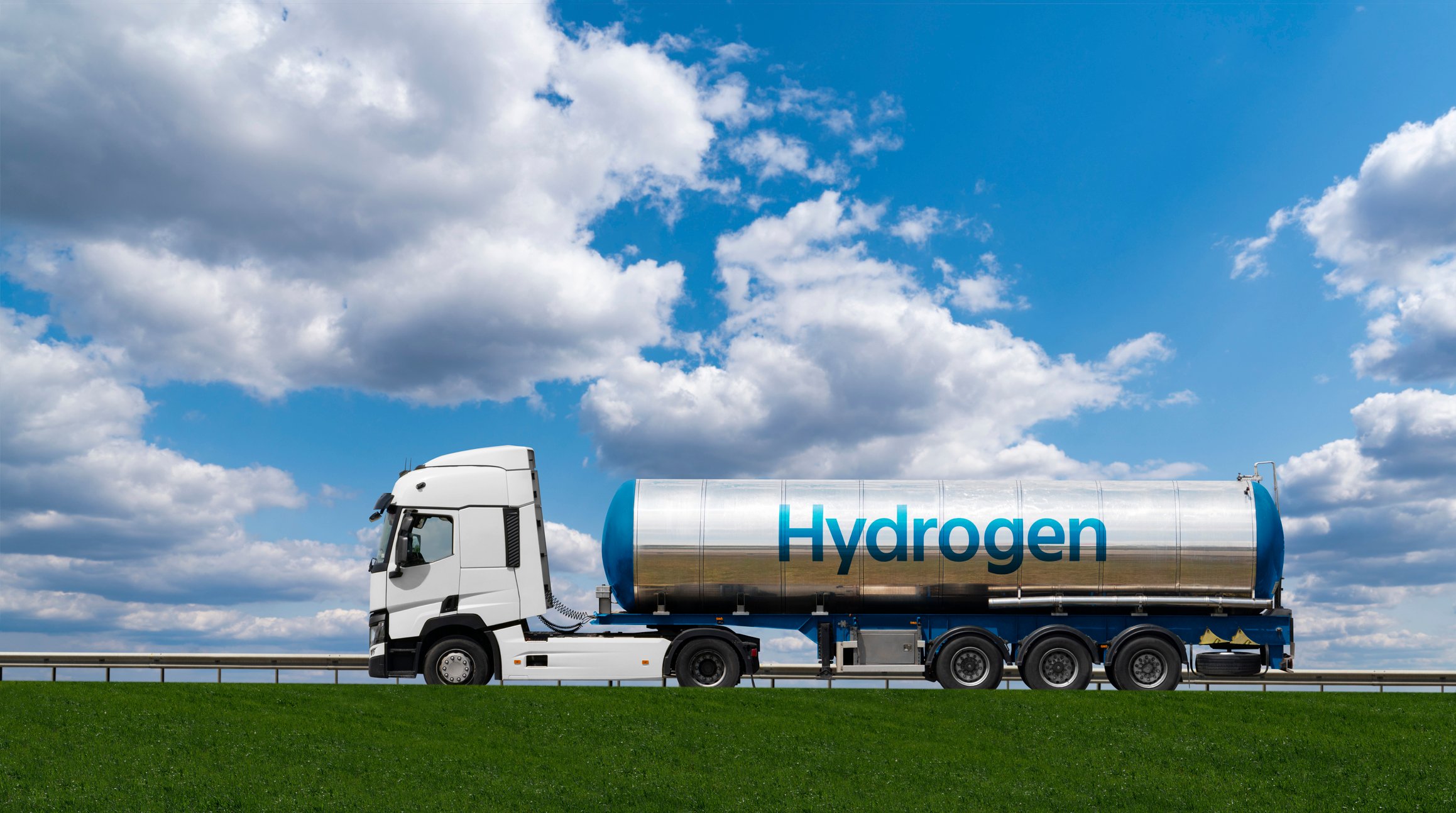Considering that July was the hottest month globally since record keeping began 140 years ago, now isn't the time for zero-carbon energy production to slow. Unfortunately, that's exactly what happened in the United States in the first half of 2019. In fact, renewable electricity generation declined 1.1% from the year-ago period, according to newly released data compiled by the U.S. Energy Information Administration (EIA).
The observation is far from ideal, but it should be only a short-term hiccup. Besides, there were other promising details in the EIA dataset, including the stunning collapse of coal-fired power plants and the resilience of America's dwindling fleet of nuclear reactors. Here's why the decline occurred and why investors shouldn't panic.

Image source: Getty Images.
A little nuance goes a long way
The United States generated 399 gigawatt-hours (GWh) of electricity from renewable sources in the first half of 2019, compared to 404 GWh in the same period of 2018. Again, not great, but there are innocent reasons for the year-over-year decline:
- Wind droughts: The United States started 2019 with 8% more installed wind power capacity than it boasted at the beginning of 2018, but American wind turbines have generated just 0.8% more electricity in the first half of this year. Investors can thank lower wind resource for the decline, which is out of everyone's control. However, the country is expected to add nearly 13,000 megawatts of power capacity -- the second-highest annual total ever -- in 2019.
- Hydropower's return to the mean: The United States saw a 5.6% decline in electricity generated from hydropower in the first half of 2019 compared to the year-ago period. That was entirely expected as water runoff totals gradually return to historical averages following record output in 2017.
- Solar's rise: The United States generated 11% more electricity from solar panels in the first half of 2019 compared to the year-ago period. Growth was about evenly split between utility-scale and small-scale installations, demonstrating an appetite for the distributed energy source.
There are also clear reasons for optimism regarding America's ongoing decarbonization efforts:
- Nuclear is resilient: Despite a handful of reactor closures, America's atomic fleet generated a record amount of electricity in 2018. The country's largest source of zero-carbon emissions remained just 0.6% off last year's record pace in the first half of 2019, although planned reactor retirements will eventually begin to reduce contributions.
- Coal is collapsing: The United States has reached a tipping point with coal-fired power plants by retiring increasingly larger and younger facilities. In fact, June 2019 was the first time in decades that electricity generation didn't top 100 GWh for the sixth month on the calendar -- the fleet registered just 78 GWh, a 23% decline from June 2018. That stunning collapse is likely to drive a decline in power sector carbon emissions in 2019 despite the stumble of renewables.
- Natural gas slows: The United States generated 6% more electricity from natural gas in the first half of 2019 compared to the year-ago period. That year-over-year figure was 14% this time last year. The rise can be explained by new facilities in Appalachia, although they've displaced coal-fired power plants as the default power source during the summer months (when energy use peaks). The net effect is a sharp reduction in carbon emissions.
- Lower overall energy consumption: The United States generated 2.3% less total electricity in the first half of 2019 compared to the year-ago period. Therefore, renewables actually gained market share.
The year-over-year decline in renewable electricity generation hasn't had significant consequences for America's decarbonization efforts, renewable energy stocks, or renewable energy industry leaders -- many of which remain blissfully optimistic about the future of wind and solar power in the United States.
These businesses aren't panicking, and neither should you
There are plenty of reasons for optimism about America's trajectory to respond to climate change. Consider that the nation exited June 2019 with nearly 97,960 megawatts of installed wind power capacity, which took decades to accumulate, but boasted a development pipeline of 33,000 megawatts. In fact, the domestic industry is mature enough to enter into an important new phase: repowering.
Repowering is the term applied to replacing aging wind turbines with newer, more efficient designs -- and it's becoming big business. General Electric (GE +0.36%) has now completed over 2,500 such projects, totaling nearly 4,000 megawatts of capacity, since the beginning of 2017. It expects to repower an additional 3,000 megawatts by the end of 2020. The average repowered turbine sees a 20% increase in annual energy production, which makes the same plot of land more valuable over time. The total repowering market in the United States could climb to $25 billion per year by 2030.
Meanwhile, NextEra Energy (NEE +0.48%) remains increasingly optimistic about the country's renewable energy future. Considering it generates more electricity from wind and solar power than any other company on the planet, and owns more installed wind capacity than all but seven countries, investors should be relatively confident in its insights. The company expects that electricity generated from wind and solar farms in the United States will be cheaper than even natural gas by the end of 2023 -- and that's with energy storage included. That underpins the company's confidence that renewable energy could generate as much as 50% of the country's total electricity by 2030 if that economic tipping point is reached.
That helps explain why Brookfield Renewable Partners (BEP 0.07%), one of the world's largest producers of hydroelectricity, is furiously investing in new wind and solar power capacity. The business generated 78% of funds from operations (FFO) from hydro assets in the first half of 2019, but committed to building at least 2,500 megawatts of solar power in the next five years. That marks one of the single-largest investments in solar power globally and demonstrates the company's commitment to diversifying its profit engine.
Simply put, investors might see an influx of doom-and-gloom headlines about the recent decline in renewable energy generation in the United States, but it means relatively little for those with a long-term mindset.








